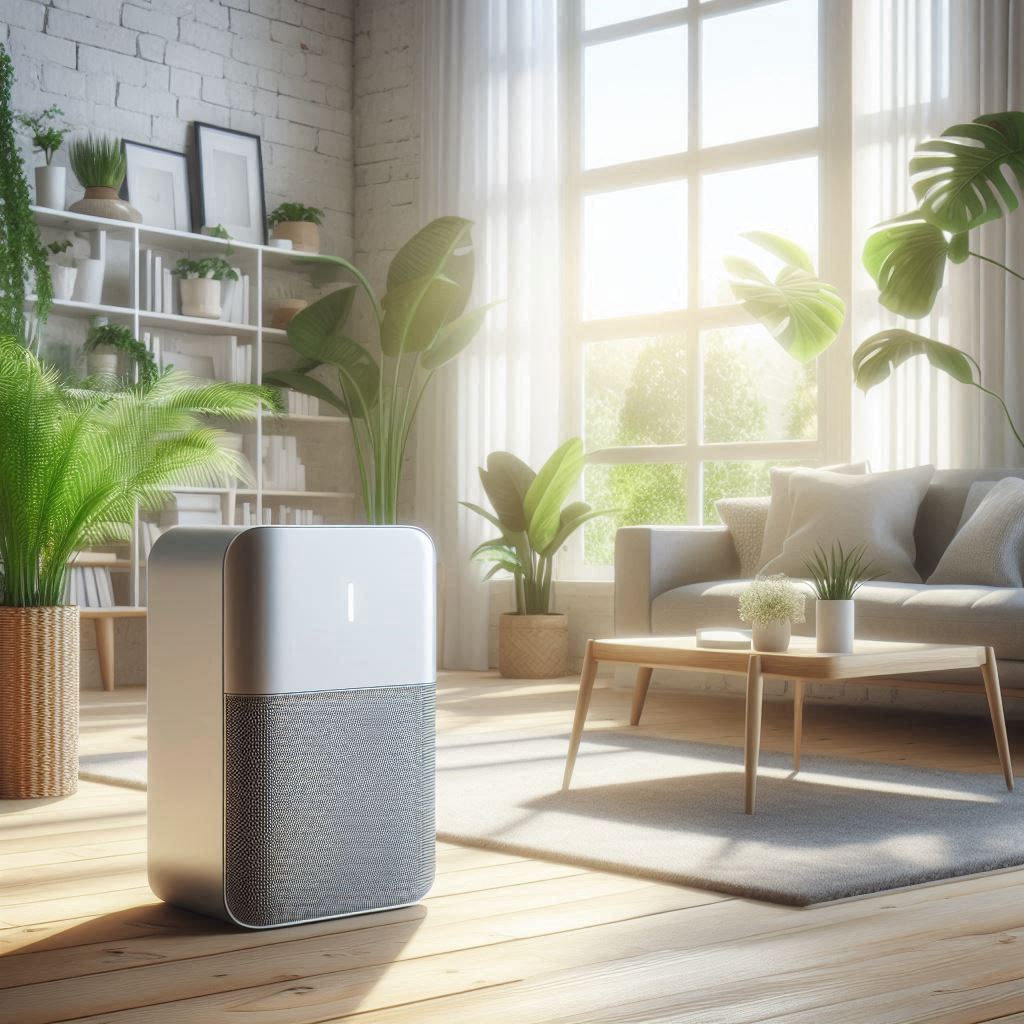
“Discover how indoor plants can naturally boost air quality in your home or office. Learn about the best plants for purifying the air, reducing toxins, and creating a healthier living space effortlessly.”
Indoor plants are more than just decorative elements. They offer a natural way to lift our moods and spruce up our spaces. But did you know they also have the power to boost the air quality in our homes? These green companions can actively cleanse the air, making our living spaces healthier and more pleasant.
Living in cities or confined spaces often means we’re dealing with dust, allergens, and volatile organic compounds (VOCs) that compromise air quality. Research has shown that plants can help reduce these indoor pollutants. By understanding how greenery interacts with our environment, we can better appreciate their role in creating cleaner air.
There’s scientific backing for this green revolution indoors. Studies have explored the relationship between houseplants and air purification, finding evidence of improvements in the quality of air we breathe at home.
So, why are plants such a great choice for this? It’s not just about their aesthetic appeal. Plants work tirelessly through photosynthesis to convert carbon dioxide into oxygen, making our space more breathable. Beyond that, they absorb toxins and release oxygen, contributing to a fresher indoor environment.
Think of plants as our silent, natural air filters. Their ability to absorb harmful substances and convert them into useful byproducts effectively helps us maintain a healthier lifestyle. With this knowledge, we are encouraged to bring a bit more nature into our homes, reaping the benefits of cleaner air and a livelier home.
The Science Behind Air-Purifying Plants
Exploring whether plants can really improve indoor air quality uncovers some fascinating science. Researchers have delved into this subject, and it turns out, our leafy friends do more than just sit pretty.
The question of whether plants actually improve indoor air quality has been investigated seriously by scientists. Studies, including some significant work by NASA, have highlighted how certain plant species can absorb toxins, helping to reduce levels of pollutants like benzene, formaldehyde, and ammonia. These so-called Volatile Organic Compounds (VOCs) can affect our health, and plants appear to step in by processing and mitigating these harmful elements.
Plants accomplish this through photosynthesis. It’s the means by which they convert light into energy, but it’s also vital in sweating off some of the indoor pollutants. As they pull in carbon dioxide and release oxygen, some plant species have demonstrated a knack for absorbing nasty VOCs predominantly found in household environments.
More specifically, the science behind this includes microbial action in soil coupled with leaf absorption. Together, these processes help decrease pollutant levels in our living spaces. It’s this interaction between plant life and indoor pollutants that underscores their real-world impact on air quality improvement.
In harnessing the natural capabilities of plants, we become part of an eco-friendly solution, reducing reliance on synthetic air filters. So, nurturing a diverse variety of houseplants at home isn’t just a hobby; it’s an investment in a healthier, cleaner lifestyle that’s grounded in nature’s own brilliance.
Top Air-Cleaning Plants Recommended by Experts
Certain plants stand out for their exceptional ability to clean indoor air. They do more than just soak up the occasional sunshine—they’re experts at removing pollutants and freshening up our spaces.
One remarkable plant that excels in removing airborne mold is the Peace Lily. Known for eliminating up to 78% of airborne mold spores, this plant doesn’t just look good. It actively combats airborne fungi, making it a perfect choice for bathrooms and kitchens.
NASA’s research into air-purifying plants spotlighted the Snake Plant, or Mother-In-Law’s Tongue, as an effective air cleaner. The Snake Plant is hardy, doesn’t require much maintenance, and can thrive in various lighting conditions. It’s particularly good at absorbing toxins like formaldehyde and nitrogen oxides.
But when it comes to purifying the air, the plant that tops many lists is the Spider Plant. This resilient plant gets the top spot for filtering out pollutants such as carbon monoxide, formaldehyde, and benzene. Plus, its ease of care makes it accessible to novice plant owners.
Adding these powerhouse plants to your collection won’t just green up the place—they’ll actively work to keep your environment cleaner and healthier. With strategic placement and a little bit of TLC, these plants can transform the air quality in your home pretty significantly.
Incorporating Air-Purifying Plants into Your Living Space
Choosing the right spot for your plants is key to maximizing their air-cleaning powers. By placing them near sources of air contaminants, like windows or electronics, you can enhance their effectiveness in purifying your home’s air.
It’s important to balance the care of your plants with the health benefits they provide. Different plants require different levels of sunlight and watering, so understanding these needs ensures they thrive while they work their magic on air quality.
Integrating plants into your home decor doesn’t just improve air quality; it adds a touch of nature to your interior design. You can use hanging pots for stylish space-saving solutions, or create a green corner that’s both a focal point and a breath of fresh air.
Consider the size and number of plants you bring into your space. Larger plants like the Rubber Plant can cover more ground in terms of air purification, making them an ideal choice for bigger rooms.
Keeping a variety of plants, both in type and size, not only diversifies your space but also ensures your air-cleaning efforts are robust and widespread. Mixing up the placement and type of plants helps keep your indoor air quality at its best.


This is a great article and really makes a compelling case for using indoor plants. I’ve always had plants, mostly for aesthetic reasons, but learning about their air-purifying properties is really useful.
I’ve recently moved into a new apartment that has less ventilation, so it gets pretty stuffy. I’ll definitely be taking your advice and investing in some of those recommended plants.
I already have a couple of succulents, but maybe adding a bigger one along with some others will make a noticeable difference. Thanks 🙂
Hi Dan,
Thank you for your kind words! We’re thrilled that the article resonated with you. Moving to a less ventilated space can definitely be a challenge, but adding some air-purifying plants should help a lot! Succulents are a great start, and you might also want to consider plants like snake plants, peace lilies, or areca palms—they’re known for their powerful air-cleaning properties. Best of luck with your new apartment, and feel free to share your experience with us once you’ve set up your green corner! We’d love to hear how it works out for you.